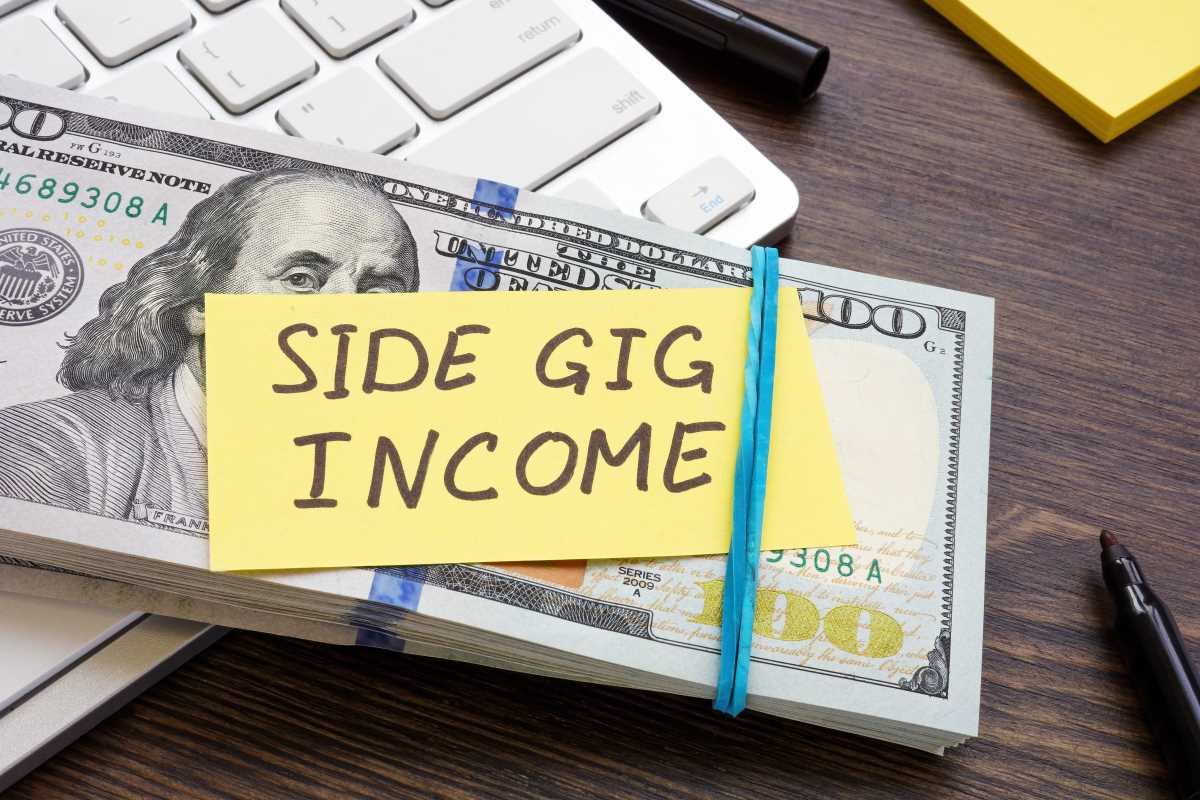We've all been there. You're just browsing, minding your own business, and BAM! You see something you have to have. It's not in your budget, you don’t really need it, but somehow, it ends up in your shopping cart. Sound familiar? That's the power of impulse buying, and it can seriously mess with your finances.
As a financial expert, I know that impulse buys are a common struggle, especially for beginners. But don’t worry, you’re not alone, and there are ways to fight back! Let’s dive into some psychology tricks that can help you curb those spending urges.
Why Do We Impulse Buy Anyway?
First, let's understand why we do it. It’s not just about a lack of willpower. Our brains are wired in ways that make us susceptible to impulse buys.
- Emotional Triggers: We often buy things to make ourselves feel better, especially when we're stressed, bored, or sad. Retailers know this and use emotional marketing to appeal to us.
- Fear of Missing Out (FOMO): We see something on sale or a limited-time offer, and we panic that we’ll miss out if we don’t buy it right away.
- The "Treat Yourself" Mentality: We justify impulse buys as a reward for hard work or a way to indulge ourselves. But those "treats" can quickly add up.
- The Power of Visuals: Retailers use attractive displays, bright colors, and enticing packaging to grab our attention and make us want to buy things.
Psychology Tricks to Stop Impulse Buys
1. The 24-Hour Rule
Before buying something, wait 24 hours. This gives you time to cool down and think rationally about whether you really need it. Often, the urge will pass, and you’ll realize you didn’t want it that much after all.
2. Ask Yourself "Why?"
Before you buy anything, ask yourself:
- Why am I buying this?
- Am I buying it because I genuinely need it, or because I'm feeling emotional?
If you can’t come up with a good reason, put it back.
3. Visualize Your Goals
Think about your financial goals before making an unplanned purchase. Imagine yourself reaching those goals, whether it's paying off debt, saving for a vacation, or buying a house. This can help you resist the urge to spend money on things that don’t align with your long-term plans.
4. Use the "Cost Per Use" Rule
Instead of focusing on the price tag, think about how often you'll actually use the item. A $100 pair of shoes you wear 100 times is a better investment than a $50 dress you wear once. This helps you see the true value of your purchases.
5. The "Buddy System"
Tell a friend or family member about your goal to stop impulse buying. Have them hold you accountable. Sometimes, just knowing someone is checking in on you is enough to keep you on track. You can also go shopping with a friend who will help you resist the urge to buy things you don’t need.
6. Unsubscribe and Unfollow
Retailers are experts at sending tempting emails and social media ads that make you want to buy things you don’t need.
- Unsubscribe from retailer email lists that send constant sales promotions.
- Unfollow social media accounts that make you feel like you need to buy things to keep up with trends.
- Out of sight, out of mind!
7. The "Cash Only" Challenge
Leave your credit and debit cards at home and only take cash when you go shopping. This forces you to be more mindful of your spending and can help you avoid impulse buys. If you only have $50 in cash, you’ll think twice before making an unnecessary purchase.
8. The "Mindful Moment"
Before you buy anything, take a deep breath and pause for a moment. This can help you slow down and make a more rational decision. Mindfulness is a powerful tool in combating emotional triggers that lead to impulse buying.
9. Set a Fun Savings Challenge
Make saving money more enjoyable by turning it into a game. For example:
- Every time you resist an impulse buy, put that money into a savings jar or an online savings account.
- At the end of the month, treat yourself to something meaningful (like an experience or an investment in your future).
10. Keep a "Want List"
Instead of buying something right away, write it down on a "Want List." Set a rule that if you still want it in 30 days, you can consider buying it. Most of the time, you’ll find that the urge to buy disappears.
Impulse buying is a habit, and like any habit, it can be broken. By understanding the psychology behind it and using these tricks, you can take control of your spending and achieve your financial goals.
Remember, every dollar you don’t spend on impulse buys is a dollar that can go toward something that truly matters to you. So next time you feel the urge to splurge, take a deep breath, use one of these tricks, and keep your hard-earned money where it belongs—in your pocket!







